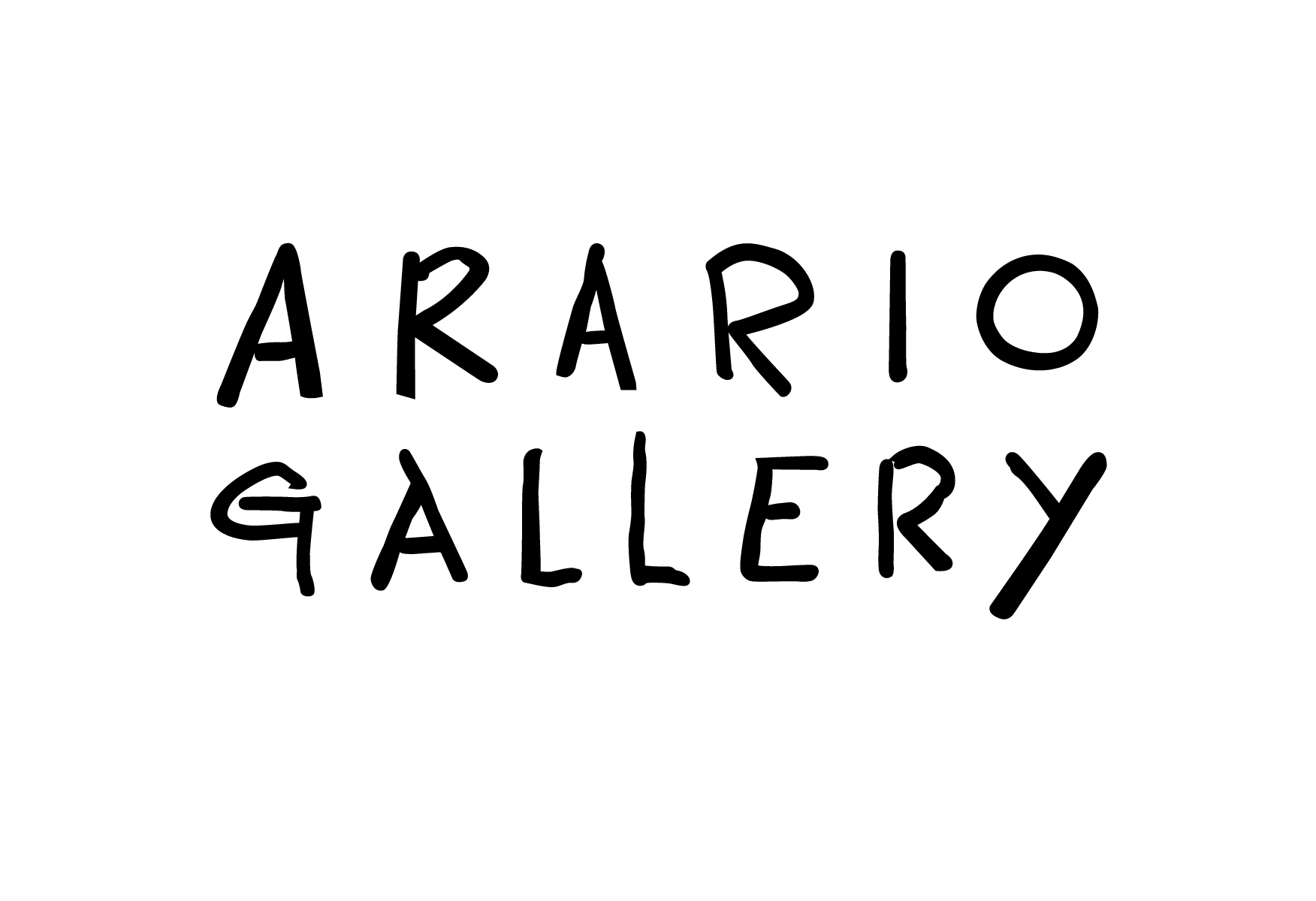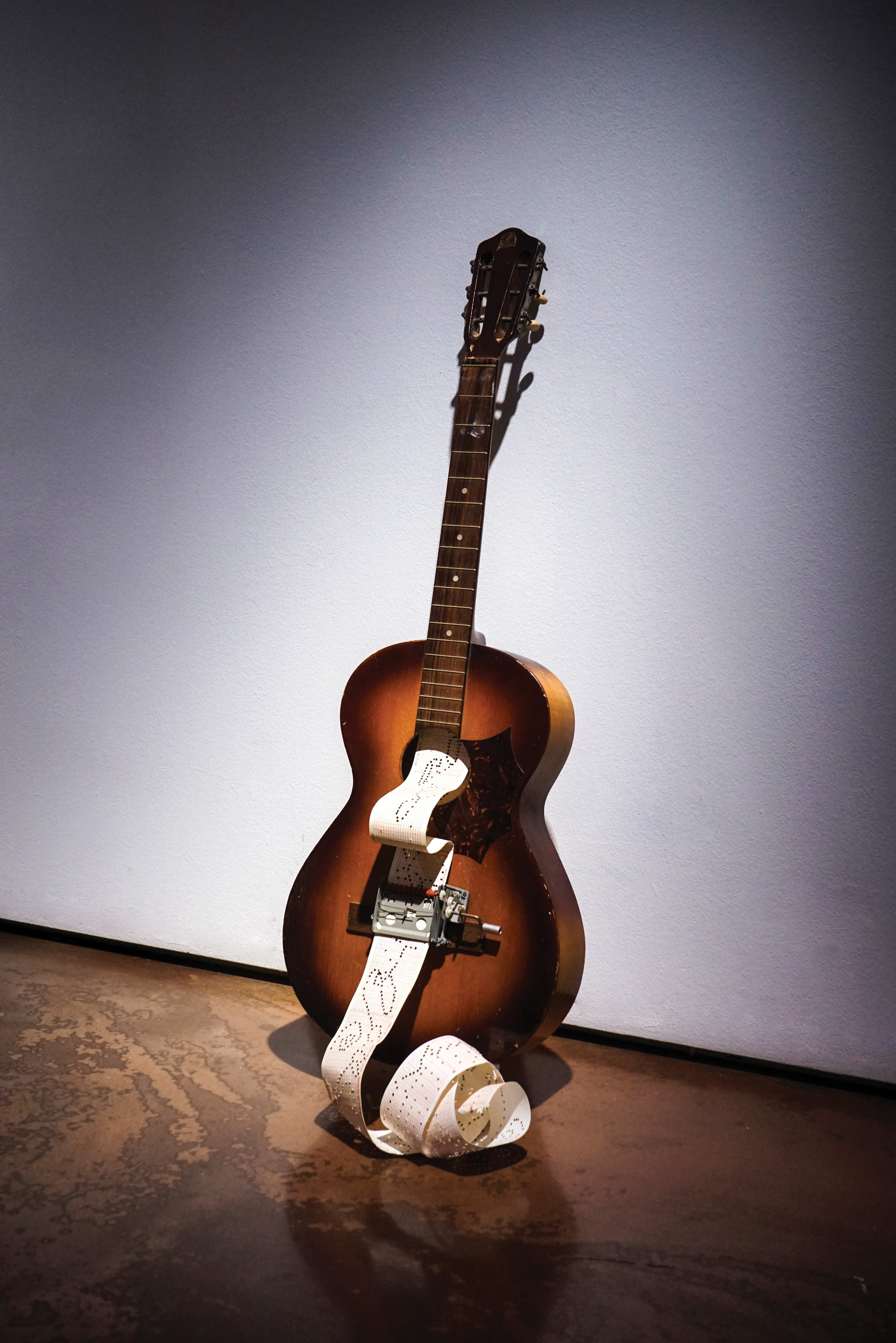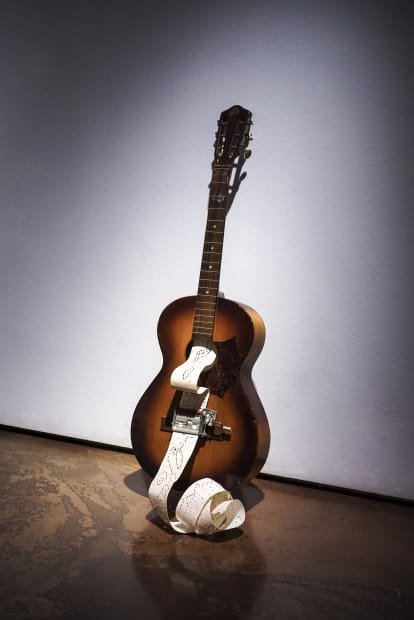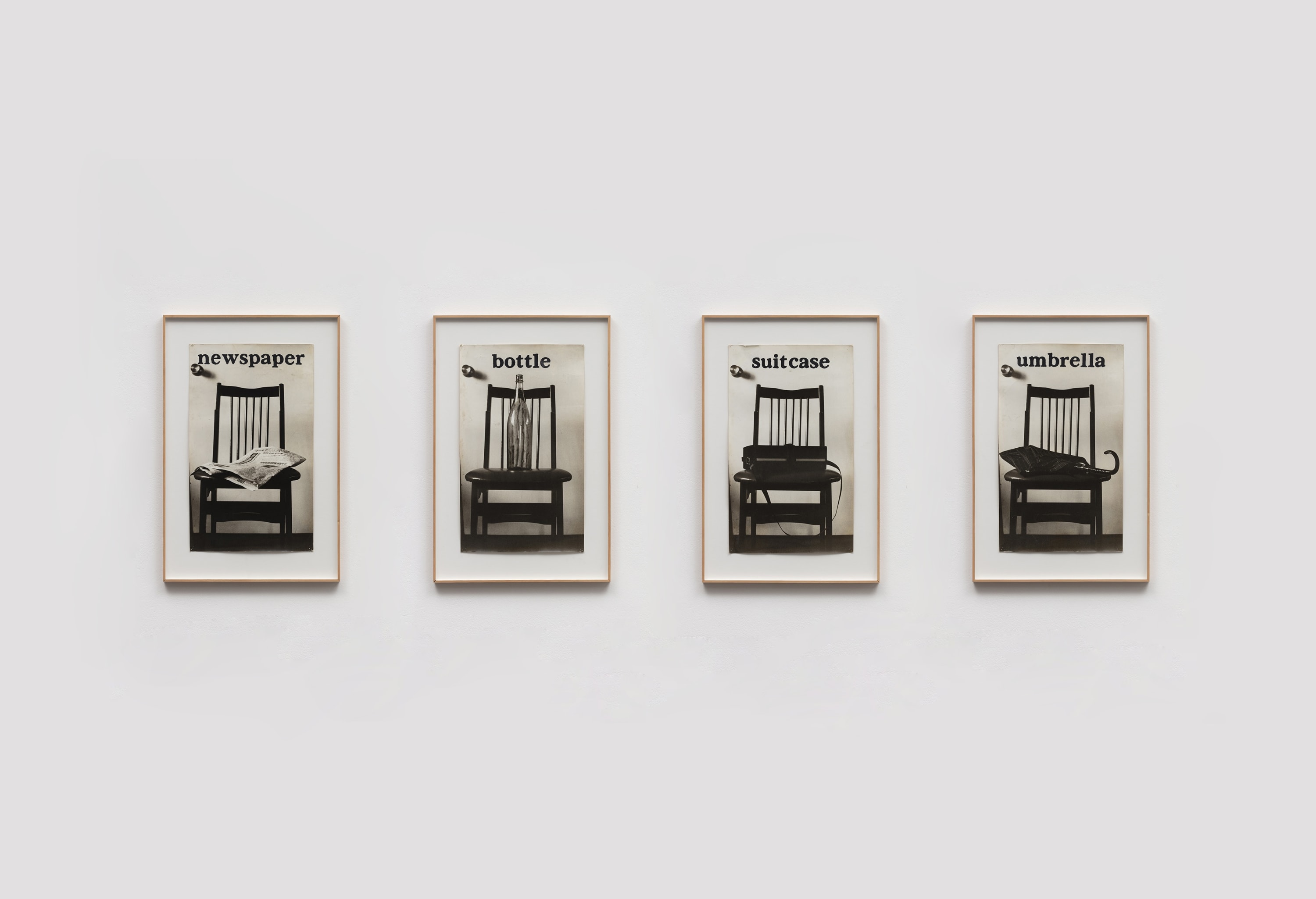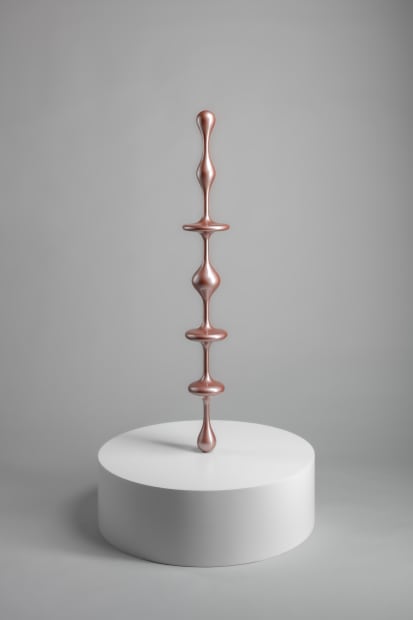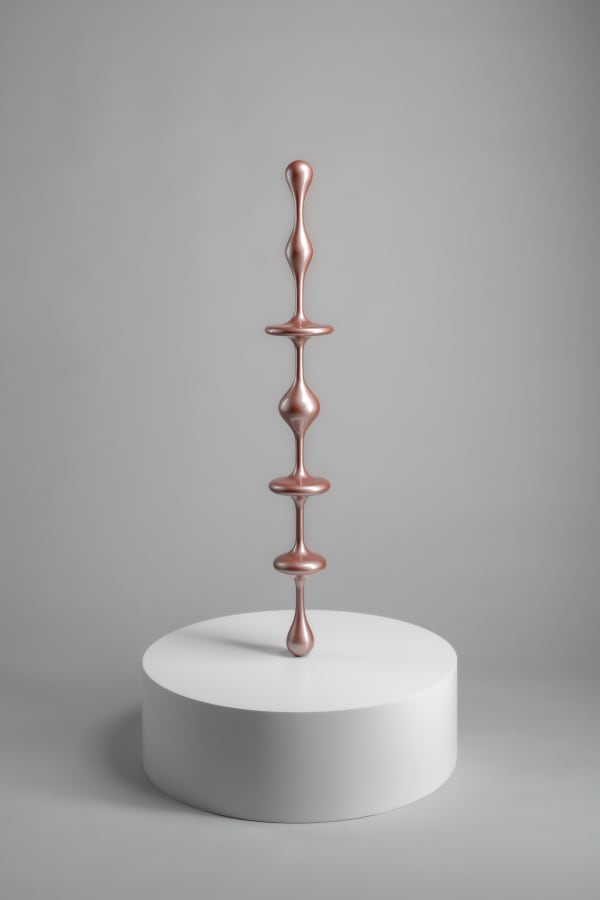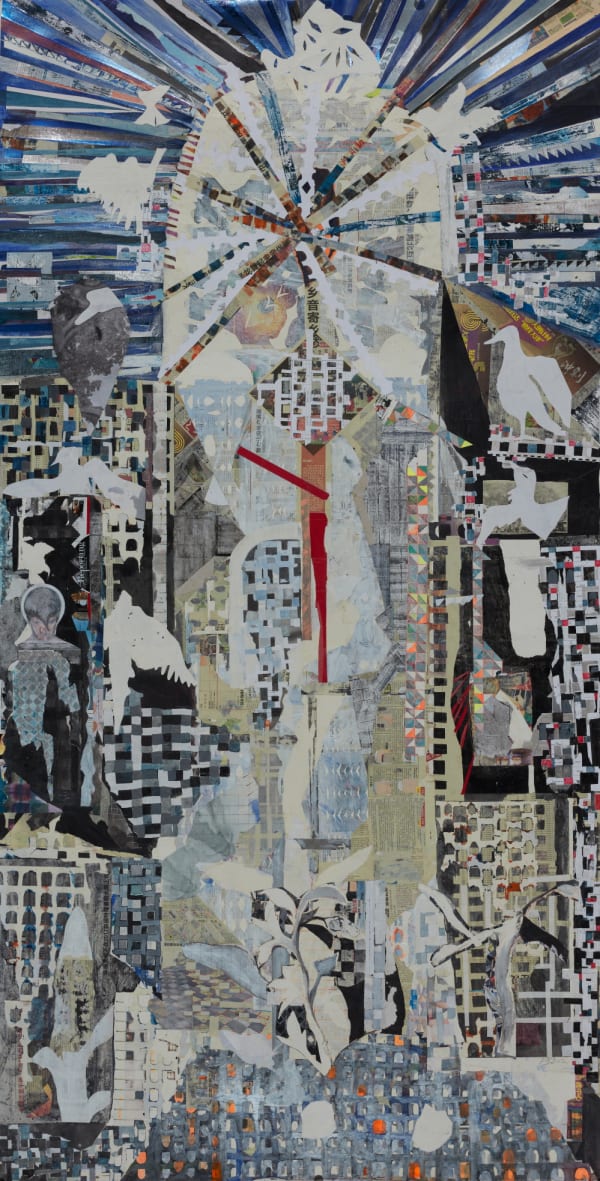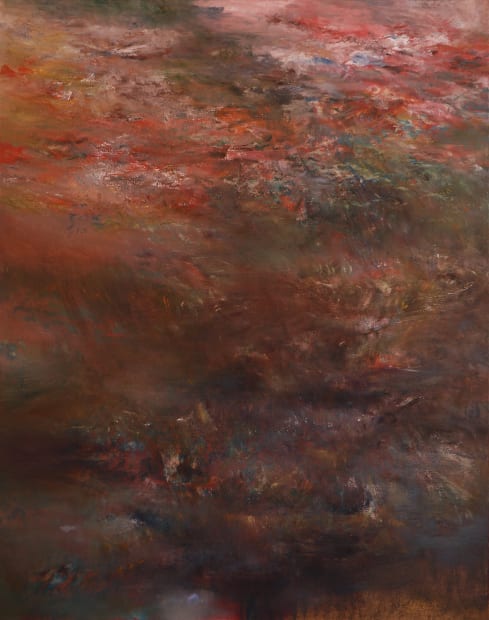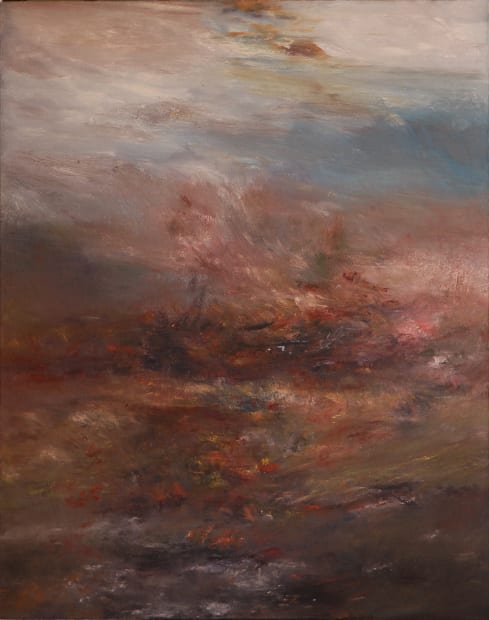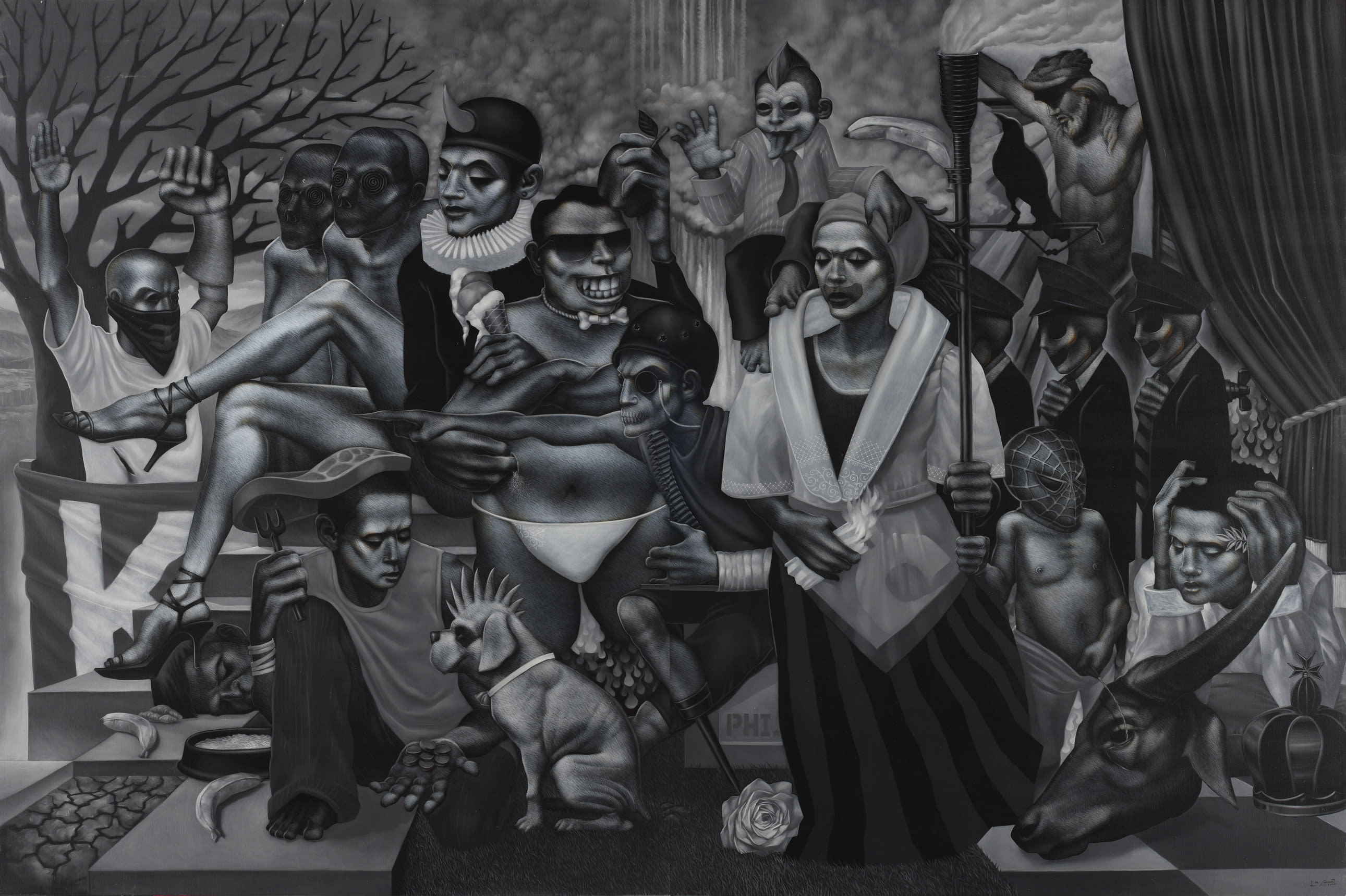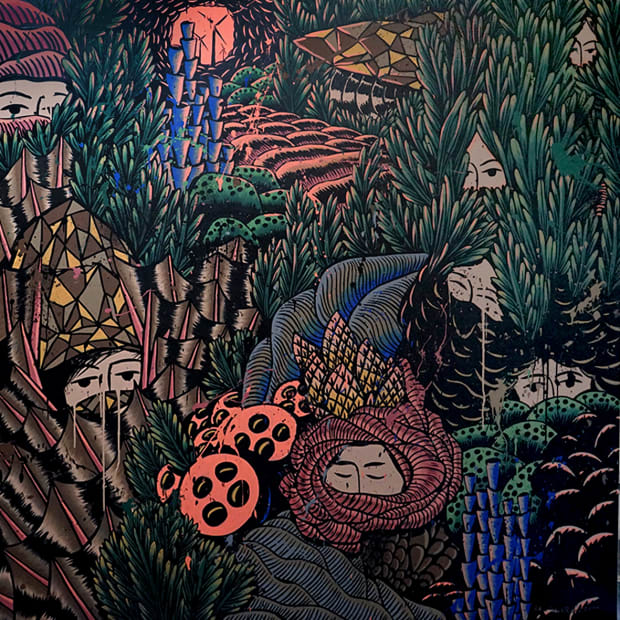-

For Art Basel Hong Kong: Online Viewing Room, Arario Gallery will present works of KIM Kulim (b.1936), CHOI Byung-so (b.1943), KIM Soun-Gui (b.1946), who led the Korean experimental art from 1960-80s. KIM Soun-Gui’s “Colporteur” (1989) is especially worthy of its title, which combines an acoustic guitar, train, and music harmoniously with the act of “wandering around”. It suggests many possibilities of natural encounters between human-prescribed categories and invisible areas through the act of “Wandering” by the artist who spent his entire life working for art, writing, and educating in Korea and France.
In addition, KIM Kulim’s controversial film work “Civilization · Woman · Money”, which was finally completed in 2016 since its starting year of 1969 will be introduced. It critically captures the lives of young people who had to swarm to Seoul, or in other word towards the civilization, in the 60s, and the phase of the time. CHOI Byung-so’s chair installation “Untitled 975000-3”, which was first exhibited at Daegu Contemporary Art Festival in 1975 will also be presented. The empty chair in a school classroom represents the appearance of those who have disappeared in the discipline of society, and asks a role of the individual with only a trace by creating the distinctions of relationships between a speaker and an audience, and existence and absence. There will also be collages of sculptures of Japanese artist Kohei NAWA (b.1975) and Chinese artist CHEN Yujun (b.1976) who unravels the lives of Asians who have poetically adapted to Westernization and Modernization. Moreover, there will be paintings by Indonesian artist Eko NUGROHO (b.1977), by Filipino artist Leslie DE CHAVEZ (b.1978), and Buen CALUBAYAN (b.1980). -

KIM Soun-Gui’s “Colporteur” (1989) combines an acoustic guitar with music composed by the artist herself, running through the mechanism of a music box attached to the bridge of the guitar. The sheet music has been hole punched into a string of KIM’s old train passes from Europe. In line with its title "Colporteur", or “colporter”, meaning a peddler of goods, the work harmoniously merges various elements, such as the guitar, train, and music, associated with the act of “wandering”. For the artist, this act of “wandering” is the embodiment of freedom that liberates her from the limits of time and space. KIM’s hometown lies in all the places she has ever wandered to. In this way, the work acts as a cross-sectional view of KIM’s “undefined chapter of openness”, which stems from her background as an artist who, working across France and Korea, has been devoted to her practice, writing, and education all her life. Through the act of wandering, KIM continually creates situations in which manmade boundaries coincide with the realm of the unknown. This, as a result, leads to KIM’s core concept of “0-Time”, which is somewhere, “both here and there; neither here nor there”.
-

CHOI Byungso
Untitled 9750000-2, 1975Untitled 9750000-2 (1975/2020) is a notable photography work by CHOI Byungso from the 1970s. The work, which combines four images of chairs with a corresponding text, can be reinterpreted or understood through both image and text. By directing or interpreting the visual image of photographs as a language, these works draw attention to accidental and inevitable deviations as a result of disparity in meaning. CHOI created works, which expose differences in interpretation between visual language and text in order to show that visual art is not only a language in itself but also an independent domain of concepts. The viewers experience the limitations of language as a descriptive form to embody a certain reality or situation when faced with text accompanying the image of chairs with designated objects.
"Untitled 9750000-2", 1975, a group of four photos, each showing a different everyday item set on a chair, with the object's name, in English, at the top: newspaper, bottle, suitcase, umbrella. A doorknob appears at the top-left corner of each image―almost as a trompe l'oeil device, pinning the work to the wall. Though clearly miming Joseph Kosuth's "One and Three Chairs", 1965, the work does not ruminate on representation so much as collapse the referent and the signifier into one single image. All we see is the image as it stages and constructs our world." - Adela Kim, ArtforumEXHIBITIONS
2020 ARARIO SEOUL "SENS ET NON-SENS"
2021 Frieze New York OVR -

Untitled 975000-3 (1975) was first exhibited at the Daegu Contemporary Art Festival in 1975. The base of his work is founded upon an attitude of anti-art, with the artist himself writing that “I deny the canvas, which acted not only as a place for both confirmation of will and experimentation of purism but also as the main support of art in the first half of the 20th century, and the pursuit of the aesthetics of illusionism created on the condition of the flatness of a tightly stretched canvas.” The chairs, either grouped together or placed individually, were marked off with white masking tape with some sections of the floor marked off despite the absence of chairs.
According to CHOI, this chair installation was conceived from the appearance of a classroom, which can be construed as the artist’s musings about an individual that deviates from a group complying with a given set of rules. Presenting a relationship between speaker and listener as well as the difference in absence and existence through the use of empty chairs, the artist questions the role of the individual who remains only as a trace of people who have disappeared into the boundaries defined by society.
-

"Map of Asia" series was the unveiling of a project that Chen Yujun had been ruminating on for some time. It utilizes a dizzying array of techniques and structures composed of overlapping spaces of varying dimensions to implement its dust-filled vision of collapse and dispersion. However, the important thing about this series is not its complex construction, scale of vision, or expansive poetic mood, rather it was its conceptual structure: "Asia" is not a geographical concept, but a linguistic stand-in for childhood imaginings, and a civilization that has long since faded away.
This is not just a lament for what is past; this eccentric and opulent series is also the product of the artist's imagination applied to the predicaments of modern society.
-

Kohei NAWA is one of Japan's leading contemporary artists. As the director of "SANDWICH", a creative platform working across art, design, and architecture, the artist is active in all areas of contemporary art including performance, dance, theater, sound, and media.
Sculptures from the "Ether" series are made through 3D modeling a drop of a highly viscous liquid in various stages, as it falls and hits the floor. The form is traced out of the elastic tendency of a liquid droplet, through studies of photographed droplets and observations of the poured liquid with a high viscosity. The obtained silhouette is rotated in 3D, mirrored vertically, and stacked in random sequences. Erected like an infinite column, the sculpture is designed to create a speculative state of weightlessness by the effects of opposite forces such as gravity and counter-gravity. -

Presented at the on-site satellite booth, "Ground and Perspective" was executed in a series of three pieces. Varying tonalities and overpowering horizontal strokes creates an atmosphere of vastness and depth, while conveys a sense of spirituality and tranquility. According to the artist, the abstract colors and strokes are a result of philosophical and intellectual meditation stemming from his perception of the domestic social and institutional issues.
-

-

-

Leslie DE CHAVEZ
Everyday, 2007Manila-born Filipino artist Leslie de Chavez (b. 1978) is an artist who cautiously deals with sensitive subjects like Imperialism and the colonial history and religion of his country. Recognized for his distinguished talent and sensibility in painting, the artist casts a bitter metaphor on the society he lives in, suggesting a response to reality through reconstructing the icons and symbols of the times. Influenced by Mexican devotional paintings (ex votos), the piece ponders on portraiture as a form to encapsulate ideas about childhood memory as re-invented narratives called forth from imagination.
-

"Unity in Hiding #2” is a rare painting created by Eko Nugroho. Challenging head-on with a vivacious and colorful oeuvre spread across the canvas provides a glimpse into a contemporary street life of Indonesia. Formed as an amalgamation of animals and people, this painting illustrates the unique style of Nugroho."
"This is a satire reflecting our collective life, how we always accentuate that we are together, we are in unity, but we have never demonstrated that seriously. We are one in hiding, and we always hide from each other."
—from Eko Nugroho’s Artist Statement, 2020
Art Basel Hong Kong 2021: Online Viewing Room
Past viewing_room
